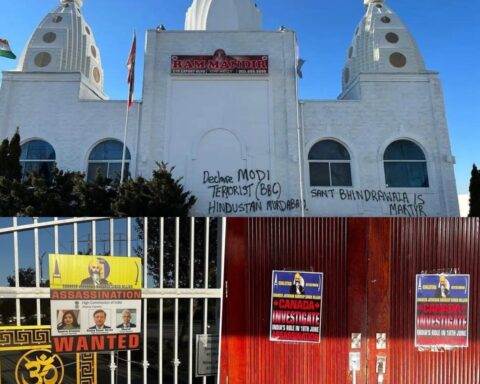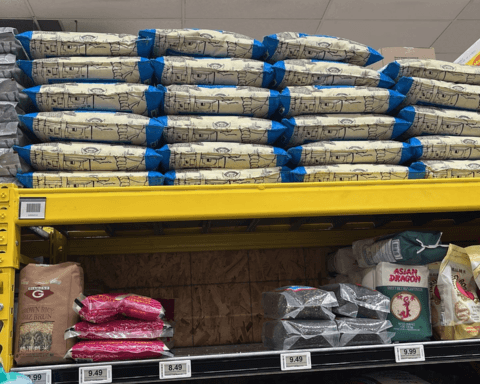With just a few notable exceptions, the historical roots and complexities of South Asian politics here in Canada are barely covered in our mainstream media. What we miss are factors that can weigh heavily on current leadership races, and eventually on the federal election campaign in 2019.
Jagmeet Singh’s decision to enter the NDP’s federal leadership race, for example, has the potential to trigger a strong demographic shift among millennials. Here are two scenes from previous campaigns that speak to this possible breakthrough:
In the first, it’s 2014, and Olivia Chow has entered the mayoral race in Toronto. I’m sitting in a downtown restaurant with two South Asian NDP organizers who have offered to help her. Hailing from Brampton, they have both worked very closely with Jagmeet Singh.
One organizer has a theory about Trudeau and what he predicts will be the ultimate demise of the Liberal party in the 2015 campaign. It’s his view that no one really took a close look at who Trudeau was attracting to his events in the 905 area and in B.C.’s Lower Mainland. It’s only members of an older generation of South Asians, he affirms — those who had come to Canada in the 1980s and felt loyal to Pierre Trudeau and his progressive immigration policies — embracing the younger Trudeau’s candidacy with such enthusiasm. To the children of this generation, he says — the ones coming of age and becoming active in gurdwara politics — Trudeau’s Liberal bona fides are questionable.
Trudeau was tainted, he claims, by his party’s rejection of a groundswell movement of activism that was seeking redress for the pogroms the Indian government carried out against Sikhs in the eighties. It was NDP Leader Jack Layton’s charisma and support for these efforts, given validation by Jagmeet Singh’s work on the ground, that fired up this younger generation, he tells me.
It’s Singh’s ability to connect with the complex, compartmentalized idealism of a younger generation — those who see no contradiction in their candidate praising the revolutionary consciousness of Castro and posing for GQ — that might be most decisive in the NDP leadership race.
Trudeau and his growing number of South Asian candidates only appeal to the less engaged “uncles and aunties,” the organizer assures me — and are doomed to lose in the face of the NDP’s new organizational strength out in Brampton and Surrey.
The second scene takes place a little more than a year later. NDP Leader Tom Mulcair is having his first official campaign rally at the Variety Village community centre in Scarborough, Ontario. There I am fully expecting to see a strong contingent of young South Asian campaign workers in the front row, cheering in a full house. But the room is, by and large, made up of faces I recognize — people from the same core Toronto labour union and activist base that Chow initially rallied together in the early days of her mayoral campaign. These supporters are older — mostly “old stock,” as was the phrase-du-jour in those days. It seems a sign of things to come.
Indeed, four weeks out from election day, I’m on the phone with a pollster who offers me a salient read on what might have happened to that once-engaged South Asian NDP vote. He tells me that his numbers suggest an overwhelming percentage of those who voted provincially for the NDP in Ontario, back in 2014, were not going to vote for the federal NDP in 2015.
The emerging demographic split of South Asian Canadian voters my organizer friend had predicted just one year before failed to materialize. It was my contention that the South Asian candidates running — people like Navdeep Bains, Kamal Khera and Sukh Dhaliwal — could easily transcend generational biases and connect with all their constituents by addressing middle class issues.
One thing was clear: Mulcair was not appealing to a younger, engaged, activist demographic with all the fire and charisma that Singh is capable of inspiring.
For all the ways in which Singh’s rise to prominence has been profiled in the mainstream media, it’s his ability to connect with the complex, compartmentalized idealism and aspirationalism of a younger generation — those who see no contradiction in their candidate praising the revolutionary consciousness of Castro and posing for GQ — that might be most decisive in the NDP leadership race.
And if Singh does win, that charismatic appeal to a younger generation might catch on well beyond South Asian communities — if the Liberal party’s mandate for the middle class loses credibility. And that might turn out to be the sleeper theme of the next federal election.
By arrangement with iPolitics.ca




